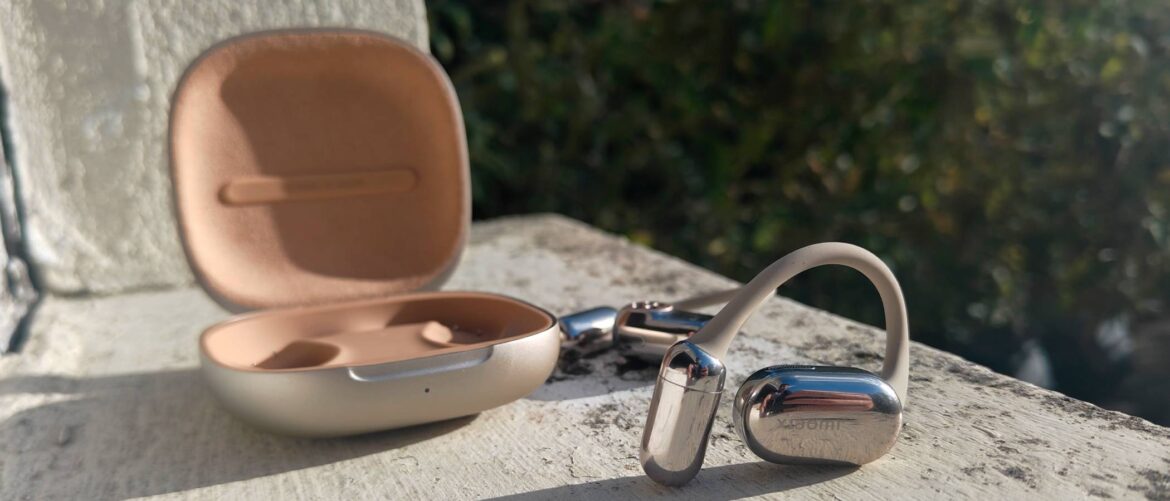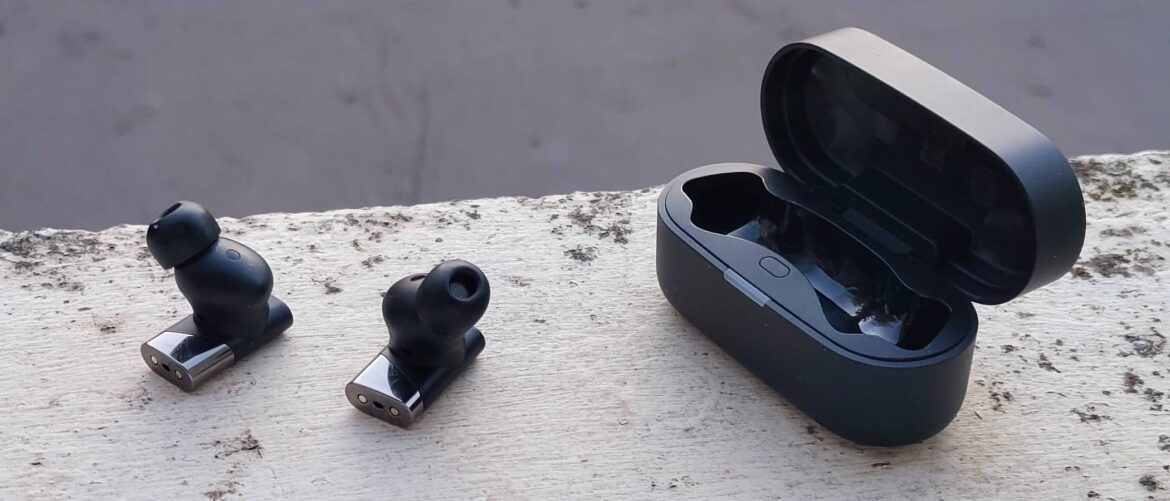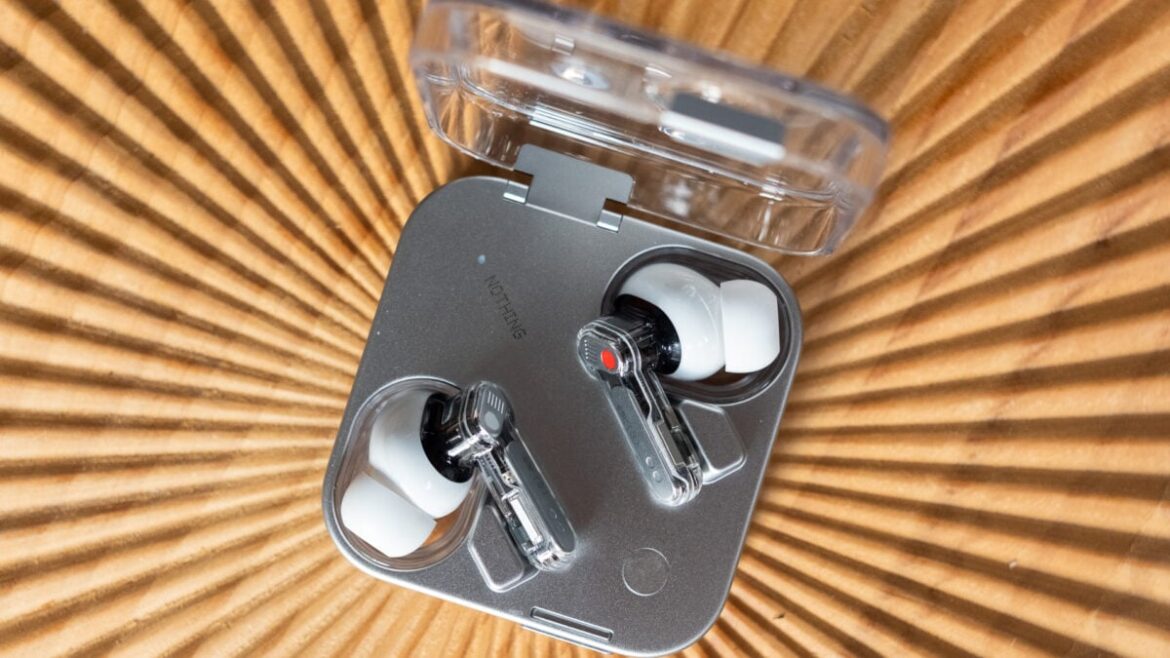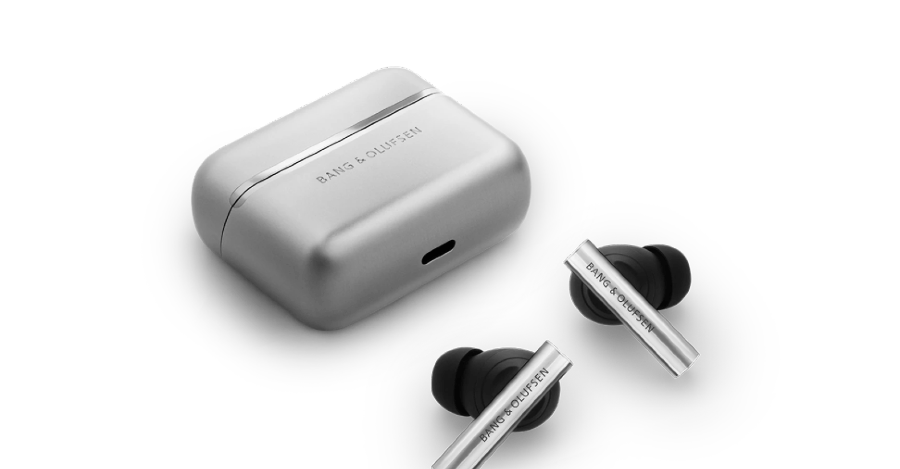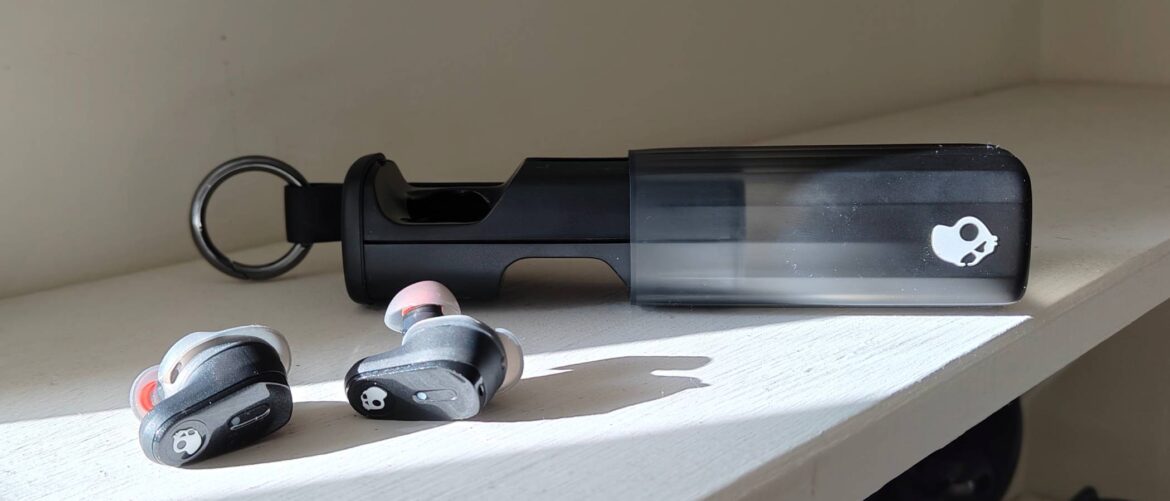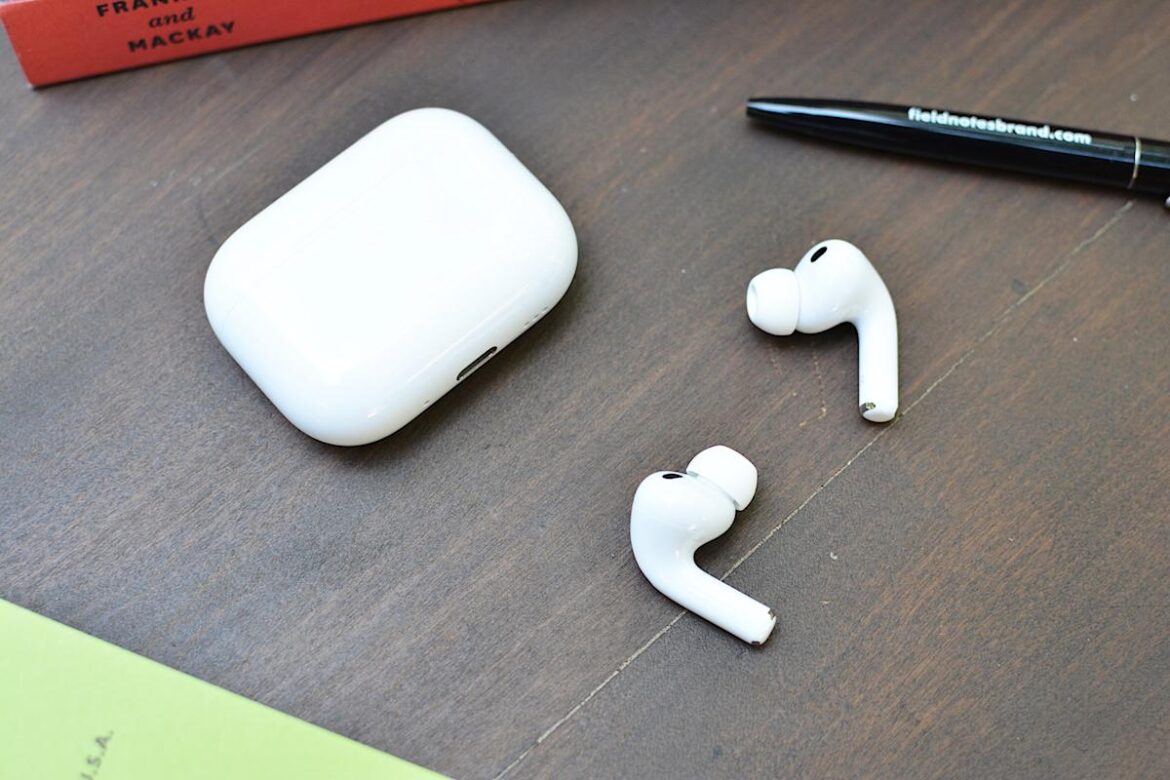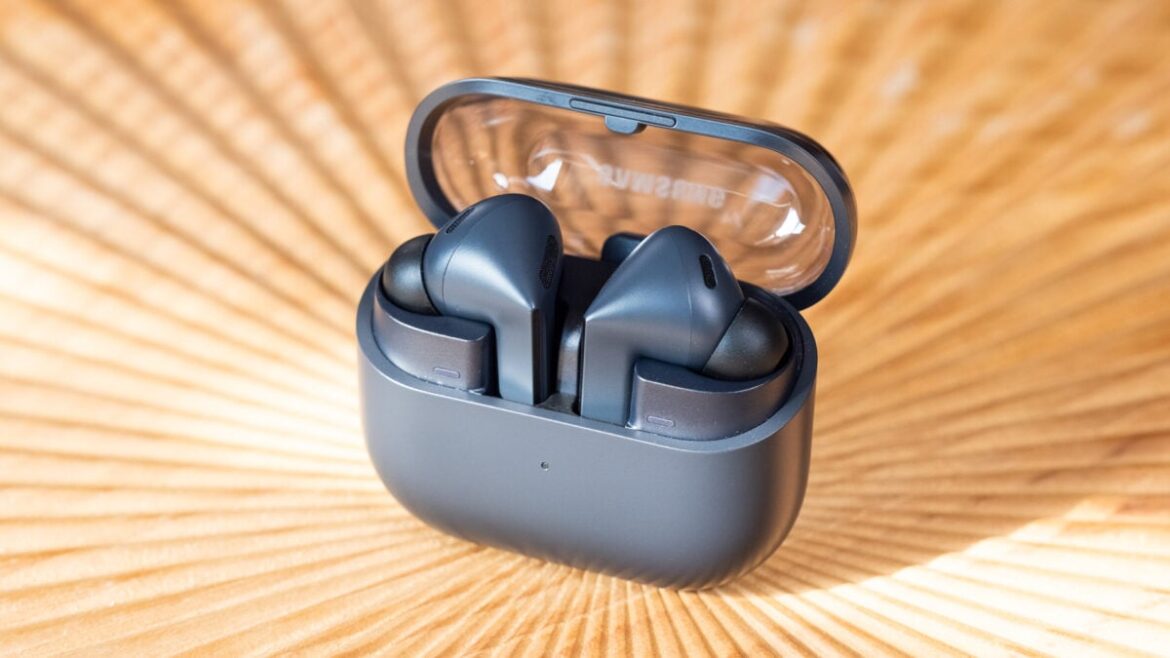Bose QuietComfort Ultra Earbuds: Bose has announced that it will be shipping its improved QC Ultra Earbuds (2nd gen) in the “summer” of 2025 in the U.S., which means you’ll be able to find discounts on the original QC Ultra Earbuds, which feature excellent sound and previously best-in-class noise-canceling performance.
Anker Soundcore Liberty 4 NC: Anker released the new Liberty 5 earbuds in 2025, but this 2023 model remains a decent value at around $90. It offers decent noise canceling and a similar level of sound quality as the Liberty 5 (it’s quite good but not great). However, the Liberty 5 has improved noise canceling and voice-calling performance.
Jabra Elite 8 Active Gen 2: Once included on this list, Jabra has discontinued the 2024 Elite 8 Active Gen 2 after announcing it decided to gradually wind down the Jabra Elite product line. Still, we liked their incredible durability (they survived several drops without a scratch) and enhanced spatial sound powered by Dolby Audio. They make for great sport earbuds if you can get your hands on them. I have a full Jabra Elite 8 Active Gen 2 review if you’re still interested in the discontinued buds.
Sennheiser CX: If you can’t afford Sennheiser’s flagship Momentum True Wireless 3 earbuds, the CX are a good alternative. They feature very good sound, plus decent noise cancellation and voice-calling performance. The only issue is they stick out of your ears a bit and may not fit some smaller ears. This model, which often sells for less than $100 on Amazon, doesn’t feature active noise cancellation but the step-up CX Plus does (the CX Plus is also a good value, particularly when it goes on sale). Learn more about the budget model in my Sennheiser CX true wireless earbud review.
Beats Studio Buds: The Beats Studio Buds look a lot like the rumored stemless AirPods some people have been waiting for. Geared toward both iOS and Android users, they are missing a few key features on the Apple side of things (there’s no H1 or W1 chip), but they’re small, lightweight true wireless earbuds that are comfortable to wear and offer really good sound. Their noise cancellation isn’t as good as the AirPods Pro’s, but they do have a transparency mode and they’re decent for making calls. Learn more in my fullBeats Studio Buds review that includes a more in-depth look at the features.
Samsung Galaxy Buds 2 Pro: The Galaxy Buds 2 Pro offer improved noise cancellation along with very good sound and voice-calling performance, plus support for high-resolution wireless audio streaming if you’re a Galaxy device owner with the right setup. Their biggest upgrade may be their new design and smaller size, which make them a better fit for more ears. Aside from their somewhat high price tag, their only drawback is that some of their key features only work with Samsung Galaxy devices. Read my full Samsung Galaxy Buds 2 Pro review to learn more about the Android-enabled earbuds.
JBL Tour Pro 2: JBL’s Tour Pro 2 earbuds have received a lot of attention for bringing something new to true wireless earbuds: a full color touchscreen display embedded in the case that allows you to access the earbuds’ key features and control playback as well as adjust volume levels. It’s a bit of a gimmick but also useful. While the buds could sound slightly better for their list price, overall the JBL Tour Pro 2s are very good earbuds that offer a good fit, a robust feature set, strong battery life, plus solid noise cancellation and voice-calling performance. I took a closer look at the earbuds in my full JBL Tour Pro 2 review in 2023.
Sony LinkBuds S: Unlike the “open” LinkBuds, the LinkBuds S are traditional noise-isolating true wireless earbuds with tips that jam in your ears. They’re more compact and lighter than Sony’s former flagship WF-1000XM4 and also feature Sony’s V1 processor (Sony has since released the more compact WF-1000XM5). While their sound and noise cancellation don’t quite measure up to either XM4 or XM5’s, they’re still quite good. They’re the Sony buds for people who can’t afford Sony’s flagship earbuds but want 80% of those buds’ features and performance for significantly less. Read more about them in our hands-on review of the Sony LinkBuds S.
Sony WF-1000XM4: Released in 2021, Sony’s WF-1000XM4 earned a CNET Editors’ Choice Award. They’re still excellent earbuds, but Sony has now released the next-gen WF-1000XM5. They may be a good option if you find them at a good discount. If you’re interested in the model, I took a closer look in my full Sony WF-1000XM4 review.
Sennheiser Momentum True Wireless 3: The Sennheiser Momentum True Wireless 3 were among the best new true wireless earbuds of 2022. They’re still among the best truly wireless earbuds, but Sennheiser has released the upgraded Momentum True Wireless 4. Also, the newer AirPods Pro 2 and Sony WF-1000XM5 buds are arguably superior, so only look to buy the Momentum True Wireless 3 when they’re significantly discounted. Learn more about the impressive buds in my full Sennheiser Momentum True Wireless 3 review.
Beyerdynamic Free Byrd: Beyerdynamic may be late to the game, but it’s finally introduced its first true wireless earbuds, which feature active noise cancellation, up to 11 hours of battery life (with noise cancelling off) and impressive sound quality. Read our Beyerdynamic Free Byrd review.
Bang & Olufsen Beoplay EX: Bang & Olufsen’s $399 Beoplay EX buds are the company’s best true wireless earbuds. They feature a comfortable, secure fit (except perhaps for those with really smaller ears), top-notch build quality, great sound, good noise cancellation and improved voice-calling performance over B&O’s EQ buds, with three microphones in each earbud they help with reducing background noise while picking up your voice. They’re out of most people’s price range, but they’re arguably the best earbuds out there with stems and offer slightly superior sound to the AirPods Pro 2 with better clarity, deeper more powerful bass and richer, more accurate sound. Learn more about the premium model in my full Bang & Olufsen Beoplay EX review.
Sony Linkbuds: The LinkBuds are, in a sense, Sony’s answer to Apple’s standard AirPods. While they don’t sound as good as Sony’s flagship WF-1000XM4 or the Linkbuds S noise-isolating earbuds, they offer a discreet, innovative design and a more secure fit than the AirPods, as well as decent sound and very good voice-calling performance. Like the third-gen AirPods, their open design allows you to hear the outside world — that’s what the ring is all about. Check out our Sony Linkbuds reviewfor more information on the Sony buds.



